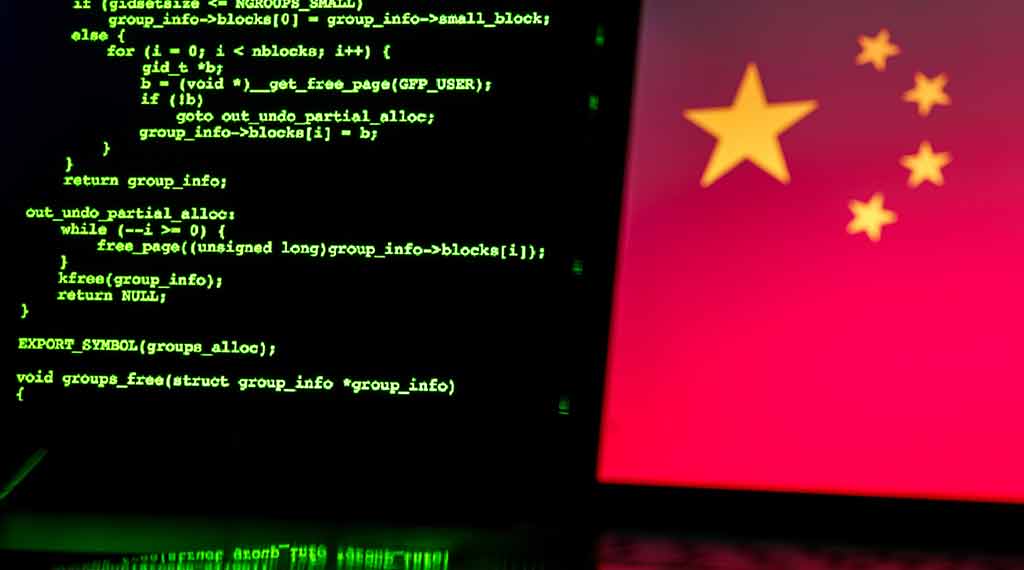Volt Typhoon, a known threat actor group with alleged ties to Chinese state-sponsored cyber operations, has resurfaced in the cyber threat landscape. This development follows a major disruption by the FBI earlier this year, which aimed to dismantle its previously active malware botnet.
The group’s re-emergence highlights the persistent challenge of defending against sophisticated, adaptive cyber adversaries.
Malware Operations Resume Despite Setbacks
In the latest findings reported by cybersecurity experts, Volt Typhoon is reportedly using an evolved version of its malware. The group’s activity is a stark reminder of its resilience and capability to adapt to defensive measures.
The previous FBI-led operation was significant, disrupting communications between infected devices and command-and-control servers.
This temporary victory, however, did not prevent Volt Typhoon from revising its methods. Analysts have identified that the group’s modified malware includes additional layers of obfuscation, making detection more difficult for conventional security solutions.
Advanced Tactics for Continued Threats
Volt Typhoon’s new strategy incorporates a mix of known and novel techniques aimed at maintaining its foothold in compromised networks. One notable feature is the use of “living off the land” tactics, which utilize legitimate software tools to mask malicious activities.
This method not only aids in avoiding detection but also prolongs the life of their operations within a target network.
Reports show that the group’s operations focus on targeting critical infrastructure, primarily within the United States. By adopting refined strategies, Volt Typhoon’s campaigns remain a significant threat to national security and private sectors alike.
Heightened Need for Defense and Awareness
Security experts emphasize the importance of layered security approaches in combatting persistent threats like Volt Typhoon. Enhanced endpoint detection, continuous network monitoring, and proactive threat hunting are among the measures recommended to safeguard against evolving malware threats.
The rise of Volt Typhoon’s revamped botnet underlines the urgent need for robust cybersecurity frameworks and collaboration between public and private sectors. As attackers evolve, so too must defensive strategies to mitigate risks and prevent long-term damage.
The situation serves as a potent reminder: while successful interventions by authorities can disrupt malicious actors temporarily, these groups are adept at bouncing back with renewed vigor and stealth.
